The Japanese company Sony presented its new flagship model Xperia 1 IV. The series is known for several key features, including a super-fine display and a unique photography system that takes mobile photography to the next level. How does this novelty compare to Apple's flagship in the form of the iPhone 13 Pro Max?
Design and dimensions
The iPhone 13 Pro Max is Apple's largest and heaviest phone. Its dimensions are 160,8 x 78,1 x 7,65 mm with a weight of 238 g. Compared to it, the Xperia 1 IV is significantly smaller and above all lighter. Its dimensions are 165 x 71 x 8,2 mm and the weight is only 185 g. Of course, everything depends on the size of the display and the materials used.
However, both phones have a metal frame and are covered by glass on the front and back. Apple calls it Ceramic Shield, Sony has "just" Corning Gorilla Glass Victus. It is only in quotation marks because there is already a more durable version with the nickname Plus on the market. Interestingly, the Xperia has one more button. This is reserved for the camera trigger, which the manufacturer simply bets on.
It could be interest you

Display
The iPhone 13 Pro has a larger 6,7-inch screen, the Xperia 1 IV has a 6,5-inch screen. Both models use OLED, with Apple opting for a Super Retina XDR screen and Sony opting for 4K HDR OLED. Although the display is smaller, Sony managed to achieve a much higher resolution than Apple, even if it's not true 3K at 840x1. That's still a lot more than the iPhone's 644 x 4 display.
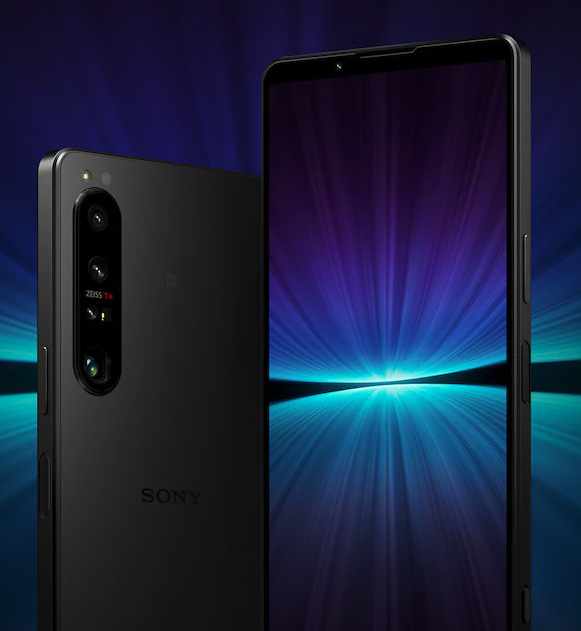
Differences in resolution and size result in a more pronounced pixel density. While Apple achieves a density of 458 ppi, Sony has a very impressive 642 ppi. Honestly, you probably won't see the difference anyway. Apple says its display has a 2:000 contrast ratio and can handle 000 nits of typical peak brightness and 1 nits for HDR content. Sony does not provide brightness values, although it assures that the display is up to 1% brighter than its predecessor. The contrast ratio is 000:1.
The iPhone also offers support for Wide Color (P3), True Tone and ProMotion technologies, the latter enabling an adaptive refresh rate of up to 120 Hz. The Xperia 1 IV has a maximum refresh rate of 120 Hz, 100% DCI-P3 coverage and 10-bit tonal gradation. It also borrows the X1 HDR remastering technology used in Bravia TVs to improve contrast, color and image clarity. Of course, the iPhone's display has a cut-out, Sony, on the other hand, does not follow the fashion of piercings, but it has a thicker frame near the top, where everything necessary is hidden.
It could be interest you

Performance
A15 Bionic in iPhone 13 is still undefeated. This chip uses a processor with two high-performance cores, four high-efficiency cores and a 16-core Neural Engine. There is a five-core graphics processor. Inside the Xperia 1 IV is an octa-core Qualcomm Snapdragon 8 Gen 1 chip that includes one high-performance core, three mid-range cores and four efficient cores connected to the Adreno 730 GPU. Sony also has 12GB of RAM, which is double the which we find in the iPhone 13 Pro.

Since the Xperia 1 IV is not yet on the market, we can take a look at the most powerful model with this chipset in the Geekbench benchmark. This is the Lenovo Legion 2 Pro, where this smartphone managed a single-core score of 1 and a multi-core score of 169. But this result is nowhere near the A3 Bionic chip, which scores 459 points in the single-core test and 15 points in the multi-core test.
It could be interest you
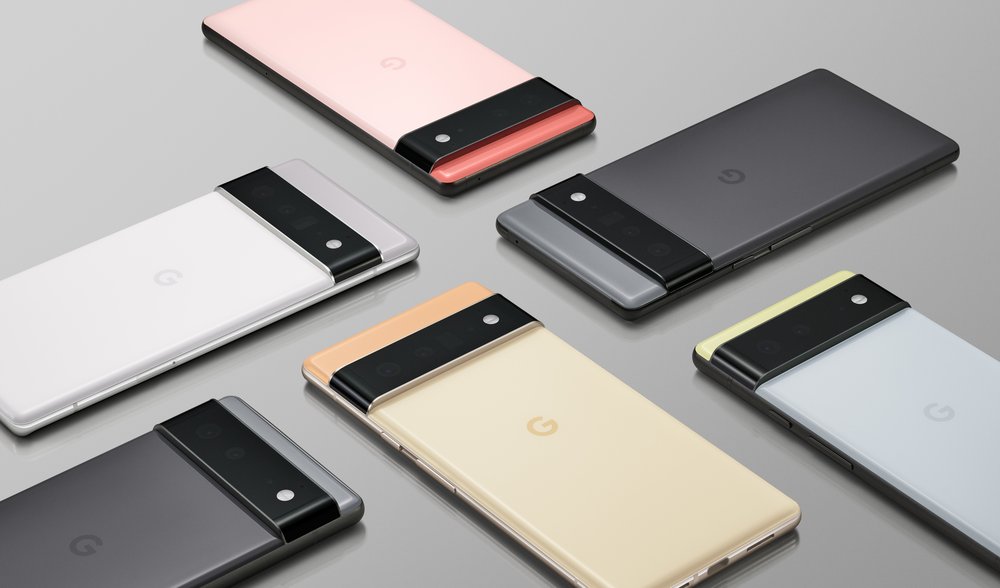
Cameras
Both have a triple photo setup and all are 12MPx. The iPhone's telephoto lens has an aperture of f/2,8, the wide-angle lens has an aperture of f/1,5, and the ultra-wide-angle lens with a 120-degree field of view has an aperture of f/1,8. Sony has an ultra-wide-angle with 124 degrees of coverage and f/2,2 aperture, a wide-angle one with f/1,7 aperture, and the telephoto lens is a real treat.
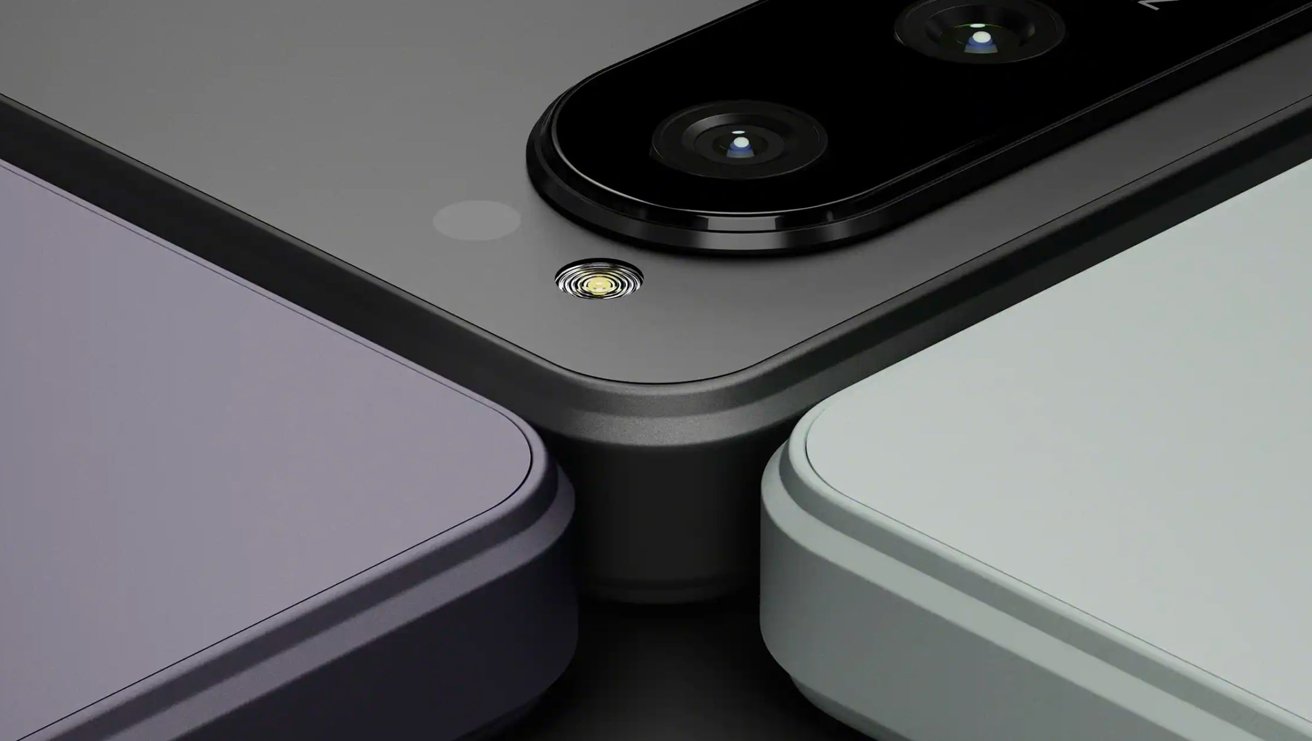
The Xperia has a true optical zoom, so its lens can go from one extreme of f/2,3 and a 28-degree field of view to f/2,8 and a 20-degree field of view. So Sony gives phone owners a wider field of view for optical zoom than the iPhone is capable of, without the need to crop the image at all. The range is therefore from 3,5x to 5,2x optical zoom, when the iPhone only offers 3x zoom. Sony is also betting on Zeiss lenses, complete with Zeiss T* coating, which is said to improve rendering and contrast by reducing glare.
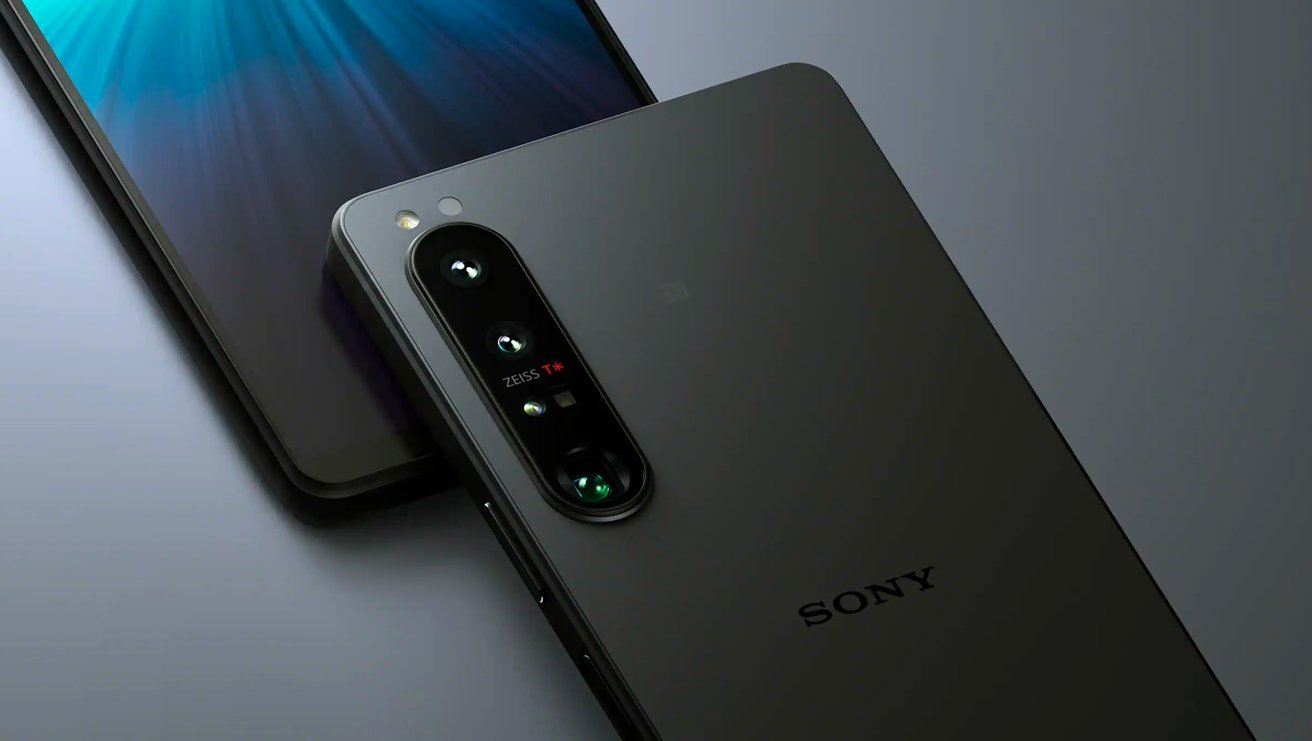
Here, Sony relies on its knowledge of Alpha cameras, which provide many advantages that not only professional photographers will be familiar with. It offers, for example, real-time eye-focusing on all lenses, object detection controlled by artificial intelligence, continuous HDR shooting at 20 frames per second or AF/AE calculations at 60 frames per second.
Real-time tracking is aided by both AI and the inclusion of a 3D iToF sensor for distance measurement, which greatly aids focus. It is somewhat similar to the LiDAR sensor used by iPhones, although it is better suited for augmented reality applications. The front camera is 12MPx sf/2.2 in the case of Apple and 12MPx sf/2.0 in the case of Sony.
It could be interest you

Connectivity and battery
Both have 5G, the iPhone uses Wi-Fi 6 and Bluetooth 5, the Xperia supports Wi-Fi 6E and Bluetooth 5.2. Of course, Sony has a USB-C connector, but surprisingly, it also offers a 3,5mm jack connector for headphones. The battery capacity of the Xperia is 5 mAh, which is rather standard these days even in a lower price category. According to the GSMarena website, the iPhone 000 Pro Max has a battery capacity of 13 mAh. Apple does not officially state this data.
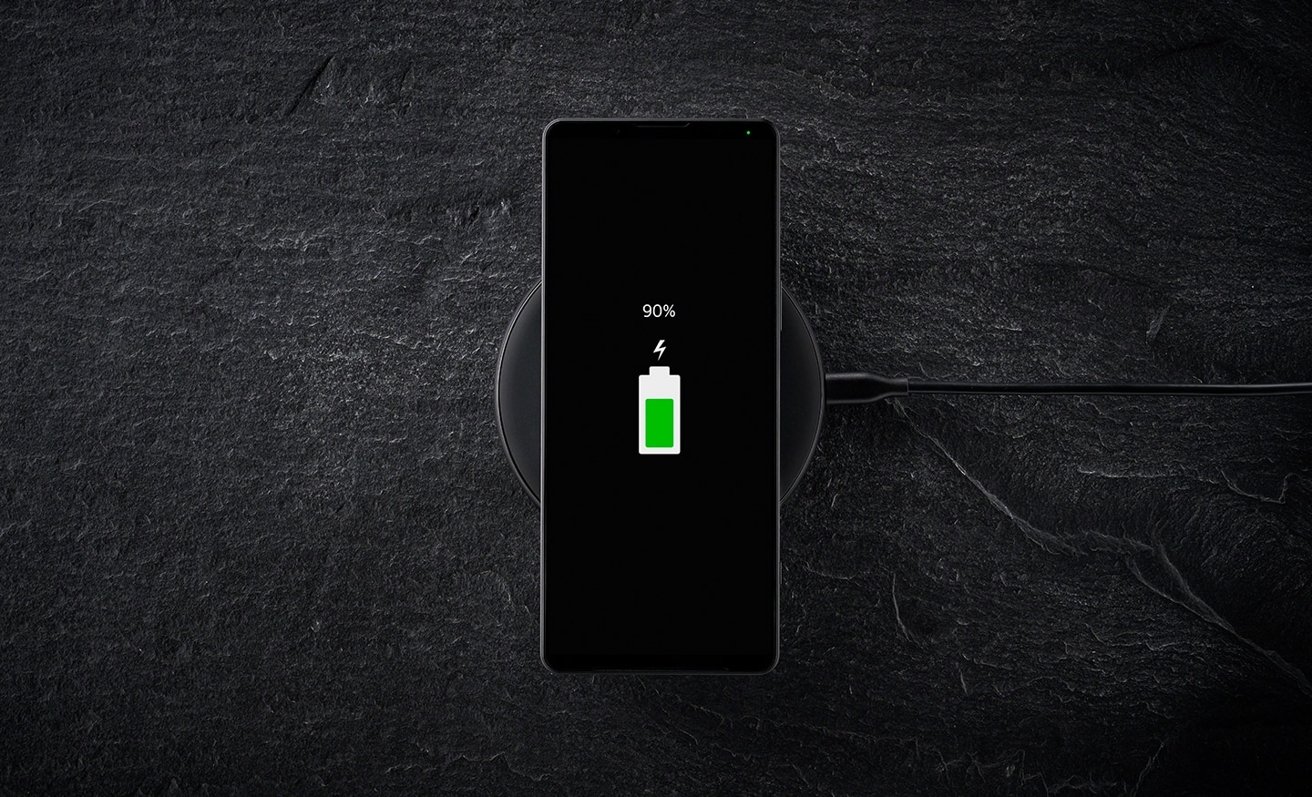
When it comes to charging both devices, it is said that they both offer a fast charging option that reaches 50% charge after half an hour. Both devices also have wireless charging, while Apple offers Qi and MagSafe, the Sony device is only Qi compatible of course, but it can also act as a wireless charging pad for other devices using battery sharing, which the iPhone lacks. Wired charging is 30W, the iPhone can unofficially charge up to 27W.
It could be interest you
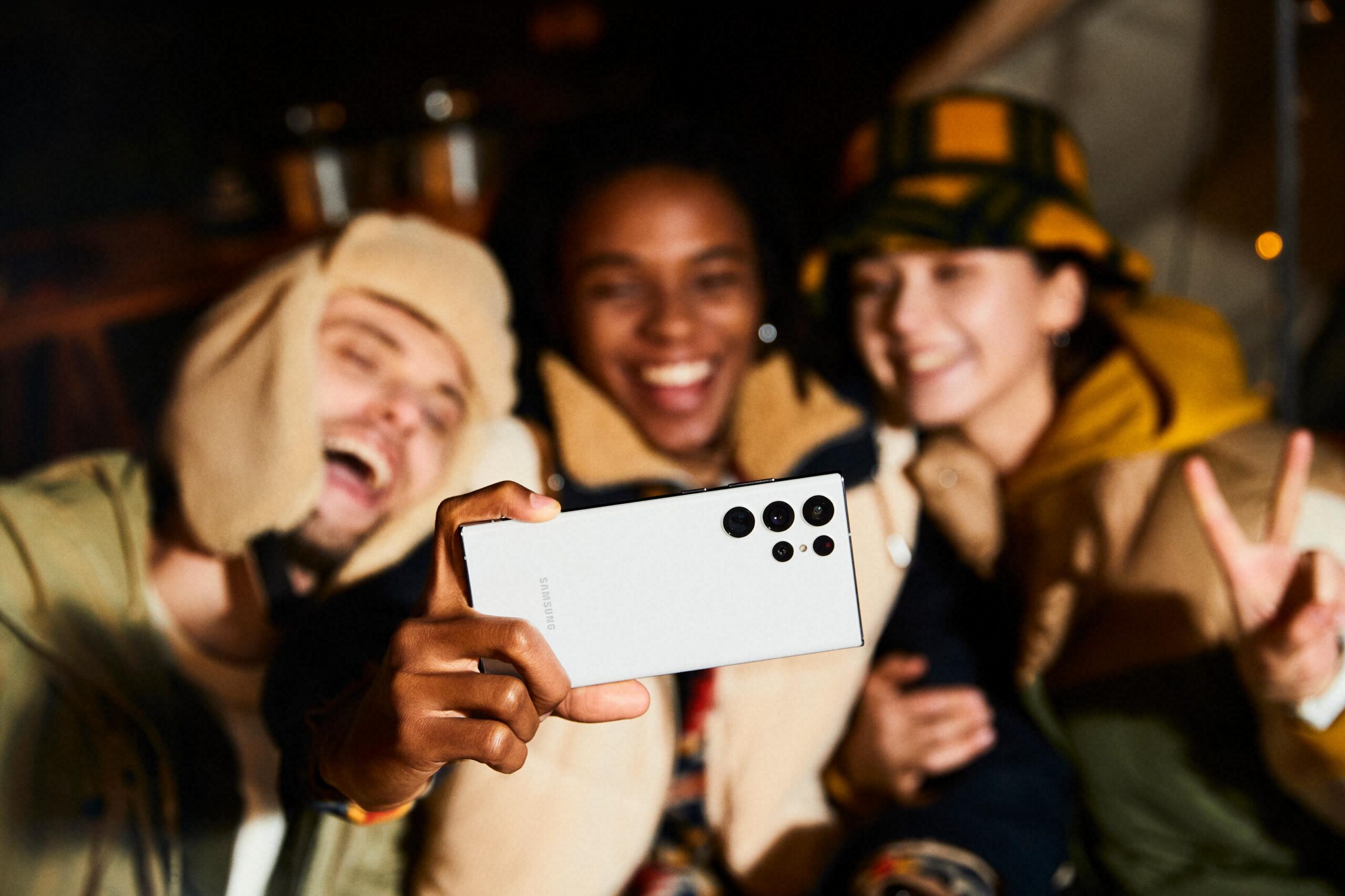
Price
The iPhone 13 Pro Max is available here for CZK 31 for the 990GB version, CZK 128 for the 34GB version, CZK 990 for the 256GB version and CZK 41 for the 190TB version. Sony Xperia 512 IV will be available in two memory sizes, with the 47GB one starting at a recommended retail price of CZK 390, as Sony's official website says. The price of the 1GB version has not been announced. However, there is also a slot for a microSDXC card with a size of up to 1 TB.
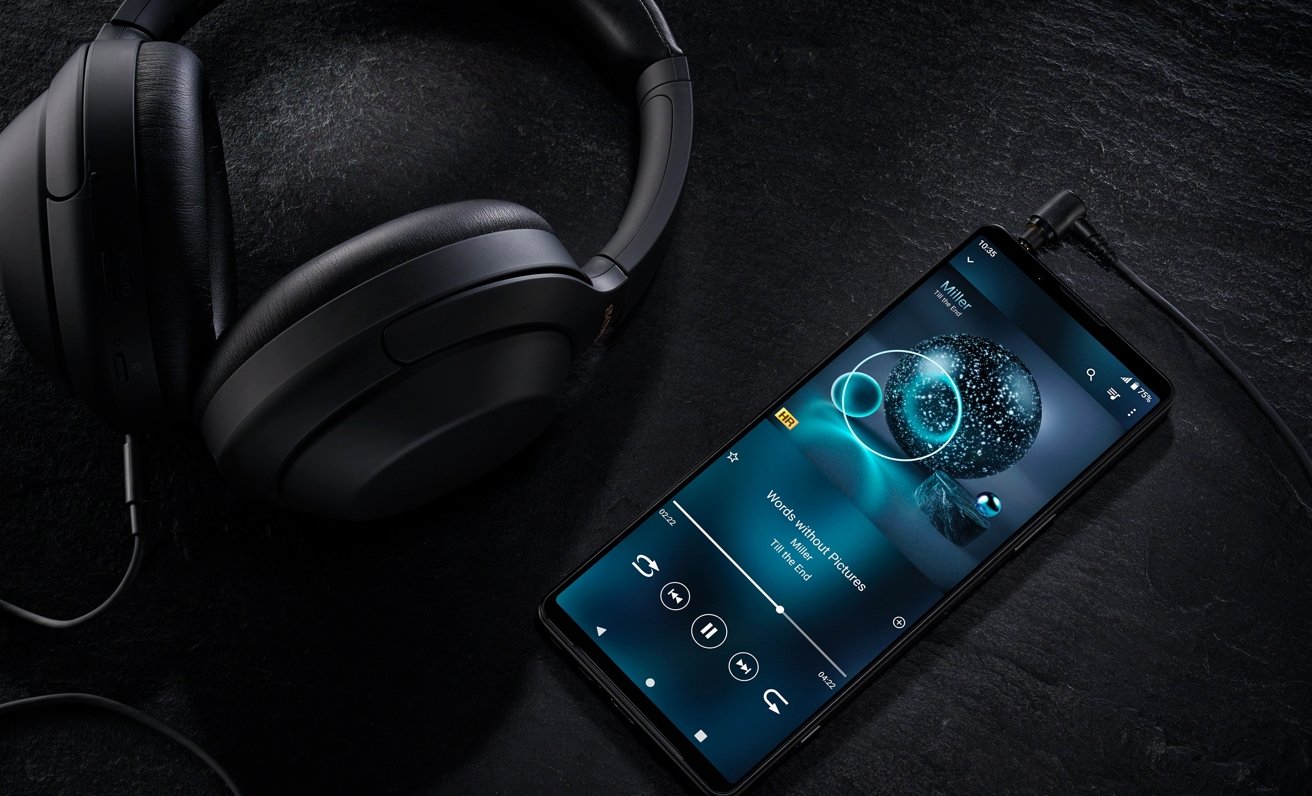
If we do not count the bending solution, this is clearly one of the most expensive phones on the market. If we look, for example, at the Samsung Galaxy S22 Ultra with the same capacity, the 256GB version costs CZK 34, so Sony's new product is even CZK 490 more expensive. If they defend this price with their equipment, they will only reveal the sales figures. The device is already available for pre-order.
 Adam Kos
Adam Kos